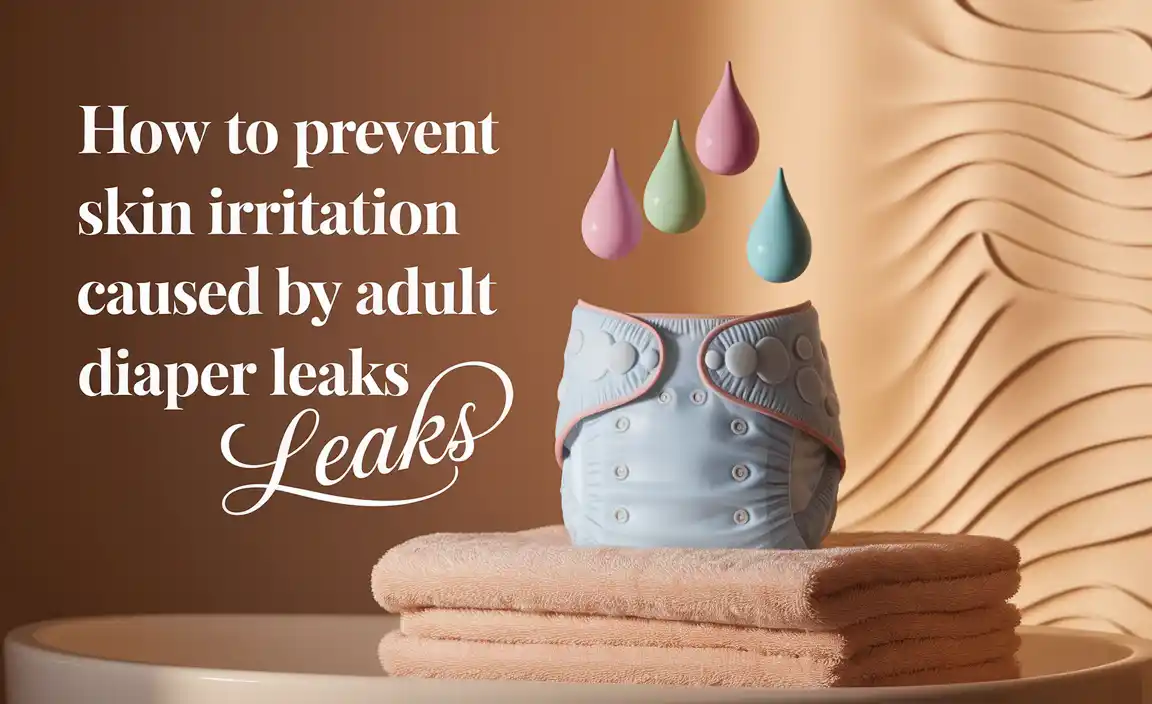Adult diapers for hospital use are an essential aspect of patient care, offering crucial support for individuals experiencing incontinence during their stay. Whether due to illness, surgery, or age-related conditions, maintaining dignity and comfort is paramount.
The right choice of adult diaper can significantly impact a patient’s well-being, promoting healing and reducing potential complications. This article will delve into the various considerations when selecting adult diapers for hospital settings, focusing on both their practical functionality and the comfort they provide.
The primary function of adult diapers in a hospital environment is to manage incontinence effectively. This involves preventing leaks, absorbing moisture, and neutralizing odors. For healthcare professionals, this means reduced workload in terms of changing linens and a decreased risk of skin breakdown for patients. For patients, it translates to a greater sense of security and freedom from embarrassment, allowing them to focus on recovery.
Key Features to Look For in Hospital-Grade Adult Diapers
When selecting adult diapers for hospital use, several key features should be prioritized:
- Absorbency: This is arguably the most critical factor. Hospital settings often require diapers with high absorbency levels to manage moderate to heavy incontinence. Look for products with a strong core that can quickly wick away moisture and lock it in, preventing skin contact. Features like multi-layered cores, superabsorbent polymers (SAPs), and acquisition layers contribute to superior absorbency. The goal is to keep the skin dry and healthy, minimizing the risk of incontinence-associated dermatitis (IAD).
- Fit and Comfort: A well-fitting diaper is crucial for both leakage prevention and patient comfort. Diapers should be snug but not restrictive. Look for adjustable tabs or waistband options that allow for a customized fit. Breathable materials are also essential. Non-breathable plastic backing can trap heat and moisture, leading to skin irritation. Opt for diapers with a cloth-like, breathable outer cover that allows air to circulate, keeping the skin cooler and drier. Leg cuffs or elasticized leg gathers can further help prevent leaks.
- Odor Control: In a hospital environment, managing odor is vital for patient dignity and the overall atmosphere. Many adult diapers incorporate advanced odor control technology, such as baking soda or other neutralizers, to trap and eliminate unpleasant smells. This feature contributes significantly to a patient’s sense of well-being and confidence.
- Ease of Use and Changing: For both healthcare providers and caregivers, the ease of changing the diaper is an important consideration. Products with tear-away sides or resealable tapes can simplify the changing process, especially for patients who are immobile or require frequent changes. This minimizes disruption and discomfort for the patient.
- Skin-Friendliness: The skin health of patients is a top priority in hospitals. Therefore, choosing diapers made with gentle, hypoallergenic materials is crucial. Avoid products with harsh chemicals, fragrances, or dyes that could irritate sensitive skin. Some brands offer specialized features like pH-balancing layers or aloe vera-infused materials to further protect the skin.
Types of Adult Diapers for Hospital Use
Adult diapers come in various forms, each suited to different needs and levels of incontinence:
- Briefs (Diapers with Tabs): These are the most common type of adult diaper used in hospitals due to their high absorbency and secure fit. They feature adhesive tabs on the sides that allow for a customizable and adjustable fit. Briefs are suitable for moderate to very heavy incontinence and are ideal for individuals who are bedridden or have limited mobility. The tabs ensure the diaper stays in place and provides excellent leak protection.
- Pull-Ups (Protective Underwear): While often preferred by more mobile individuals for discretion, some pull-up styles with higher absorbency can be used in hospital settings, particularly for patients who can manage some level of independence in toileting or for those with lighter incontinence. They are designed to be worn like regular underwear and are generally more discreet. However, for heavy incontinence or bedridden patients, briefs typically offer superior protection.
- Pads and Liners: These are worn inside regular underwear or fitted briefs and are designed for lighter forms of incontinence. While useful for home care or as an adjunct to other products, they are generally not sufficient on their own for managing moderate to heavy incontinence commonly encountered in a hospital setting.
The Importance of a Proper Fit for Adult Diapers For Hospital Use
Achieving a proper fit is paramount when using adult diapers for hospital use. An ill-fitting diaper can lead to several problems:
Leaks: Too loose, and urine can escape around the leg openings or waist. Too tight, and it can cause discomfort and pressure sores.
Skin Irritation: Constant friction from a poorly fitting diaper can cause chafing and breakdown of the skin.
Discomfort: An uncomfortable diaper can make it difficult for a patient to rest, sleep, and recover.
Reduced Effectiveness: If the absorbent core is not positioned correctly or the leg gathers are not sealed, the diaper’s ability to absorb and contain leaks will be compromised.
Healthcare professionals often receive training on how to properly fit and apply adult diapers to patients, ensuring optimal protection and comfort. This includes understanding the different sizes available and how to adjust the tabs for a secure yet gentle hold.
In conclusion, adult diapers for hospital use play a vital role in ensuring patient comfort, dignity, and skin health during their stay. By understanding the key features and types of diapers available, healthcare providers and caregivers can make informed decisions to best meet the individual needs of each patient, ultimately contributing to a more positive and effective healing experience. The focus should always be on finding a balance between robust protection and sensitive care for the patient’s overall well-being.








